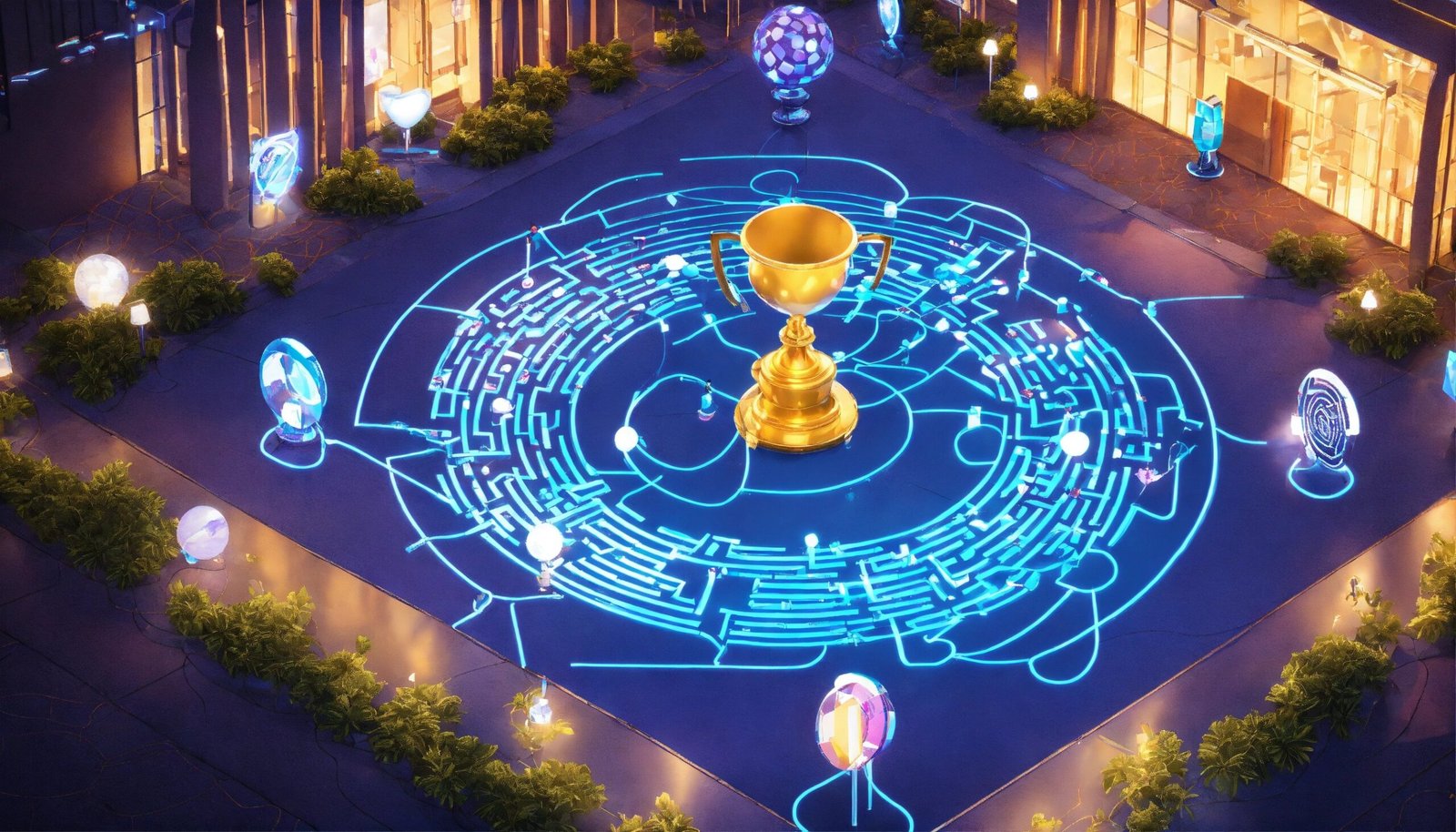Introduction to Gloriando
Gloriando, a term rich in cultural and historical connotations, embodies a myriad of meanings and interpretations across various disciplines. From its origins to its contemporary significance, Gloriando captivates the imagination and sparks intellectual curiosity.
Historical Origins
The origins of Gloriando trace back to ancient civilizations, where it held profound significance in religious and cultural contexts. Ancient texts and artifacts offer glimpses into the early manifestations of Gloriando, shedding light on its evolution over millennia.
Cultural Significance
Gloriando’s cultural significance spans continents and epochs, permeating art, literature, and folklore. Its symbolism resonates with themes of triumph, heroism, and divine intervention, shaping narratives and identities across diverse cultures.
Philosophical Interpretations
Philosophers throughout history have grappled with the philosophical implications of Gloriando, exploring its symbolism and allegorical meanings. From Plato’s Republic to Nietzsche’s Übermensch, Gloriando has inspired philosophical discourse and contemplation.
Mythological References
In mythological traditions, Gloriando often emerges as a central figure in creation myths, hero sagas, and epic narratives. Whether as a celestial deity or a mortal hero, Gloriando embodies archetypal qualities that resonate with human experiences and aspirations.
Literary Analysis
In literature, Gloriando serves as a recurring motif, embodying virtues of courage, resilience, and transcendence. From ancient epics like the Odyssey to modern novels like Harry Potter, Gloriando’s presence pervades literary landscapes, enriching narratives with depth and symbolism.
Artistic Representations
Artists across centuries have depicted Gloriando in various forms, from classical sculptures to contemporary digital art. Each representation offers a unique interpretation of Gloriando’s essence, capturing the imagination and eliciting emotional responses from viewers.
Musical Influences
Music has also been a medium through which Gloriando’s story is told, with composers incorporating its themes into symphonies, operas, and songs. From Wagner’s Ring Cycle to Beyoncé’s anthems, Gloriando’s influence transcends genres and resonates with audiences worldwide.
Technological Implications
In the digital age, Gloriando’s influence extends to technological realms, inspiring innovations in virtual reality, artificial intelligence, and storytelling platforms. Its timeless appeal lends itself to immersive experiences that blur the lines between reality and imagination.
Psychological Perspectives
Psychologists delve into the psychological dimensions of Gloriando, exploring its impact on human cognition, emotion, and identity. Whether as a symbol of empowerment or a manifestation of the collective unconscious, Gloriando’s significance in psychology is profound and multifaceted.
Sociopolitical Context
Gloriando’s relevance in sociopolitical discourse reflects broader narratives of power, authority, and resistance. Its portrayal in political rhetoric, propaganda, and social movements reflects the complexities of human societies and the quest for justice and freedom.
Symbolism and Allegory
As a symbol and allegory, Gloriando embodies abstract concepts and universal truths, transcending cultural and temporal boundaries. Its versatility as a literary device allows writers and thinkers to convey profound insights and provoke contemplation.
Spiritual and Religious Connotations
In spiritual and religious traditions, Gloriando embodies divine attributes and spiritual ideals, serving as a beacon of hope and inspiration for believers. Its transcendental qualities evoke reverence and awe, inviting devotees to contemplate the mysteries of existence.
Interdisciplinary Connections
Gloriando’s interdisciplinary connections underscore its relevance across academic disciplines, fostering dialogue and collaboration among scholars, researchers, and practitioners. From anthropology to neuroscience, Gloriando’s influence permeates diverse fields of study.
Contemporary Relevance
In contemporary culture, Gloriando continues to captivate imaginations and spark creative expression, resonating with audiences of all ages and backgrounds. Its enduring relevance speaks to the timeless appeal of heroic narratives and aspirational ideals.
Global Perspectives
From East to West, Gloriando’s influence transcends geographical boundaries, enriching global cultural landscapes with its timeless appeal and universal themes. Its reception in different cultures offers insights into the human condition and the quest for meaning and significance.
Critical Reception
Scholars and critics offer diverse perspectives on Gloriando, engaging in debates and interpretations that enrich our understanding of its cultural, historical, and symbolic significance. Through critical analysis and inquiry, Gloriando’s legacy continues to evolve and inspire new generations of thinkers and creators.
Debates and Controversies
Debates and controversies surrounding Gloriando reflect ongoing discussions about identity, representation, and interpretation in cultural discourse. From questions of authorship to debates over authenticity, Gloriando’s enigmatic nature invites scrutiny and speculation.
Future Prospects
As we look to the future, Gloriando’s legacy remains an open-ended narrative, with endless possibilities for reinterpretation and reinvention. Its timeless appeal ensures that Gloriando will continue to inspire and intrigue generations to come, inviting us to explore the depths of human imagination and creativity.
Conclusion: Unraveling the Mysteries of Gloriando
In conclusion, Gloriando stands as a testament to the enduring power of myth, symbol, and storytelling in human culture. From its ancient origins to its contemporary manifestations, Gloriando embodies timeless ideals and aspirations that transcend cultural and temporal boundaries. As we unravel the mysteries of Gloriando, we embark on a journey of discovery and contemplation, exploring the depths of human imagination and the enduring quest for meaning and significance in the tapestry of existence.
FAQs:
What is Gloriando?
Gloriando is a term rich in cultural and historical significance, embodying various meanings and interpretations across different contexts.
Where does Gloriando originate from?
Gloriando has its roots in ancient civilizations, where it held profound religious, cultural, and symbolic significance.
How does Gloriando influence art and literature?
Gloriando serves as a recurring motif in art and literature, inspiring artists and writers to explore themes of heroism, triumph, and transcendence.
What disciplines does Gloriando intersect with?
Gloriando intersects with a wide range of disciplines, including philosophy, mythology, psychology, and sociology.
Why is Gloriando considered an enigma?
Gloriando’s enigmatic nature stems from its multifaceted symbolism and interpretations, inviting diverse perspectives and scholarly inquiry.
What are some contemporary interpretations of Gloriando?
Contemporary interpretations of Gloriando explore its relevance in the modern
world, reflecting on themes of identity, representation, and cultural heritage.
How does Gloriando resonate with global audiences?
Gloriando’s universal themes and timeless appeal resonate with audiences worldwide, transcending cultural and geographical boundaries.
What role does Gloriando play in popular culture?
Gloriando’s influence in popular culture is evident in its presence in films, video games, and other forms of media, where it continues to inspire and captivate audiences.
Are there controversies surrounding Gloriando?
Yes, debates and controversies surrounding Gloriando include questions of authenticity, authorship, and interpretation, reflecting the complexities of cultural discourse.
What does the future hold for Gloriando?
The future of Gloriando remains open-ended, with endless possibilities for reinterpretation and reinvention, ensuring its continued relevance and impact in the years to come.



